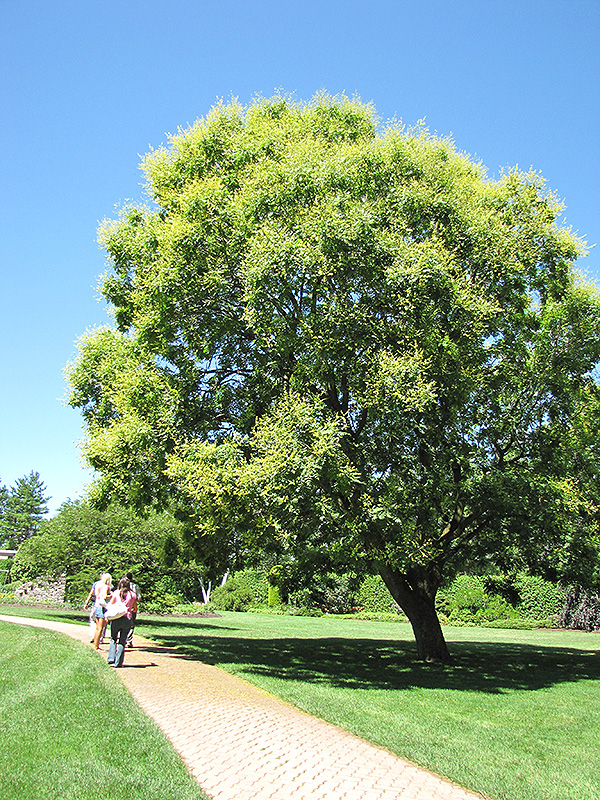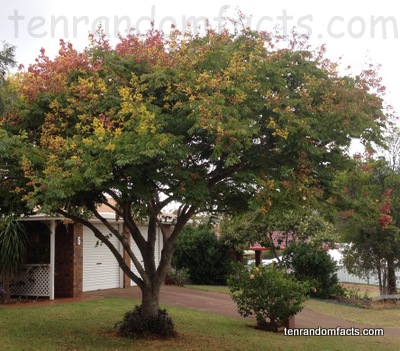
The seeds are small, black and round and about 5 mm in diameter. Fruits are up to 50 mm long and appear in large drooping clusters.

The fruit/seed pod is an inflated papery capsule that splits into three parts and is light pink to deep rose in colour. Each flower contains seven to eight pale yellow stamens with hairy white filaments. They are butter-yellow with five petals that vary in length until opening. Each leaflet is approximately 90 mm in length.įlowers are small, to 20 mm in length, and occur in branched clusters at the stem tips. The leaflets are narrow, ovate (pointed at one end and rounded at the other), and have irregularly toothed edges and a long, tapering point. The leaves are hairless, often appear feathery and measure up to 90 mm in length. It has compound leaves (ie made up of several distinct leaflets) that are dark green above and paler green below and of variable size and shape. It has been recorded in Australia as growing to approximately 5 m tall, and up to 18 m under ideal conditions and may achieve a spread of 10-15 m when mature. What does it look like?Ĭhinese rain tree is a small, deciduous tree. It is not known exactly how the seeds are dispersed, but it is possible that water may contribute. Recorded infestations of the plant in Australia may be traced back to escapees from gardens, urban parks and street trees. How does it spread?Ĭhinese rain tree reproduces by seed, which can germinate within 6–8 days. Where is it found?Ĭhinese rain tree has naturalised in Brisbane and near Noosa in Queensland and near Lismore in NSW. Although only in the early stages of establishment, this weed has the potential to seriously degrade Australia’s ecosystems. It was first recognised as a naturalised environmental weed in the 1990s in the Brisbane City Council area where it has invaded urban parks, bushland, gullies and streets. Insects and Disease: No serious pests have been observed on this tree.This plant is on the National Environmental Alert ListĬhinese rain tree is a problem weed in Japan and the USA, where it has naturalised across five states. Due to its rapid growth habit and high seed viability in warmer climates, Chinese rain tree may crowd out native plant populations. However, most trees observed in the Colorado landscape are seedlings. There are several cultivars listed in the reference material. In 2002, when a record setting drought hit Western Colorado many tree species suffered leaf scorch and overall decline. The golden raintree did not show any ill effects from this drought, which shows how tough this tree can be. The yellow flowers and unique seed pods make this tree attractive in more than one season of the year. It can be used as a street tree where there are larger planting strips. Landscape Value: This is a hardy small to medium-sized tree for yards and open spaces. There are three dark round seeds in each capsule.īark: Light gray-brown, ridged and furrowed on older trunks. The lantern-shaped seed pods add an interesting feature to this tree in the summer. Start light green and mature to light brown color as the summer progresses. Twigs: Coarse with a light gray-brown color.įlowers: Very showy, yellow fragrant flowers in late June to early July.įruit: Papery, 3-valved capsule.

Leaves are bright green with coarsely serrate margins. Leaves: Alternate, pinnate or bipinnately compound, 6-18" long, 7 to 15 leaflets.

Growth Habit: Small to medium sized tree that is nearly as wide as it is tall with a height of 30 feet by 25 feet wide. USDA Hardiness Zone: Zones 4 to 8 This tree has wide range of temperature tolerance.


 0 kommentar(er)
0 kommentar(er)
